The Master Plan is a statutory land use plan that guides the physical development of Singapore over the next 10-15 years. It maps out the permissible land use and density for each parcel of land, and is reviewed every five years to remain relevant and responsive to a fast-changing environment.
Here are 10 things to know about the Draft Master Plan 2019, and how you can play a part:
1. New Housing Concepts and Choices
New housing precincts will provide residents with a variety of choices, from car-lite, green, and community-centric developments such as Tengah Forest Town to urban villages such as Bayshore. Amenities will be co-located in one-stop hubs at the upcoming Bukit Canberra and Punggol Town Hub, making it easier and more convenient for residents to shop, dine, and engage in family-bonding activities under one roof.
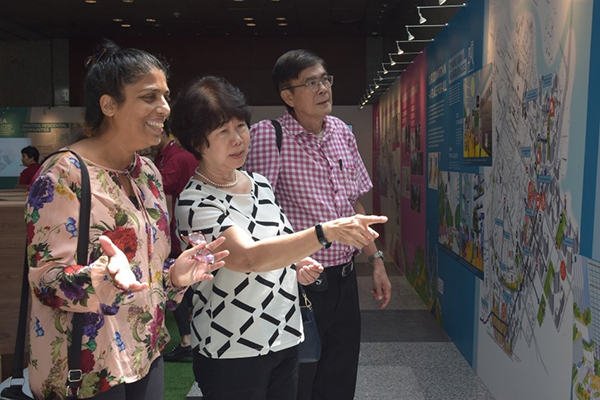
2. Integrated Green and Play Spaces
Future housing towns such as Tengah Forest Town will integrate greenery and biodiversity into residential districts. In the future, there will be an additional 1,000 hectares of parkland and park connectors islandwide, linked by recreational corridors such as the Coast to Coast Trail, the Rail Corridor, and the Kallang River, so that residents can enjoy more sports and recreation facilities.
3. Greater Rustic Coast
Stretching from Lim Chu Kang to the tip of Changi, the Greater Rustic Coast is a 50km continuous belt of rustic greenery, rich heritage, and recreational space that will be stitched together by the future Round Island Route. Places of interest along the northern coastline will celebrate the area’s military and industrial heritage, while also connecting to recreation nodes and allowing residents to explore our native biodiversity at Sungei Buloh and the Mandai Mangroves.
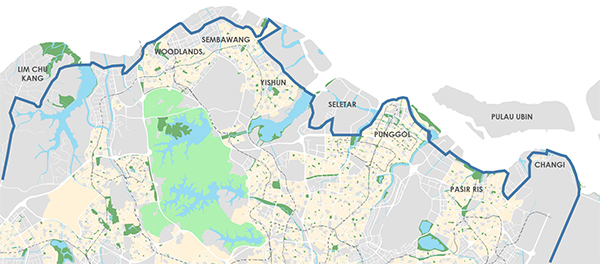
4. Connected and Convenient
Residents will enjoy greater convenience and connectivity in public transport with the opening of the Thomson-East Coast Line, the Jurong Regional Line and the Cross Island Line. With the expanded rail network, eight out of 10 households in Singapore will live within a 10-minute walk from the nearest train station. Cycling paths and footpaths will be guided by the new Connectivity Special and Detailed Control Plan, while a new 21.5km North-South Corridor will feature continuous bus lanes and cycling routes from Woodlands to the city.
5. More Jobs Closer to Home
Major gateways in the east, north and west will support economic growth while bringing jobs and amenities closer to home. Capitalising on the expansion of Changi Airport, the eastern gateway will feature an innovative lifestyle business cluster at Changi City. In the north, the Woodlands Regional Centre will continue to grow as the largest business node in the north alongside the new Agri-Food Innovation Park at Sungei Kadut. The western gateway comprises Jurong Lake District, Jurong Innovation District and Tuas Terminal.
6. Paya Lebar Airbase
The relocation of Paya Lebar Airbase from 2030 will free up an area of land the size of about five Toa Payoh towns for redevelopment. With its unique aviation heritage, Paya Lebar Airbase is set to become a distinctive new business district with mixed-use neighbourhoods. Share your ideas for Paya Lebar and try your hand at planning the area here.
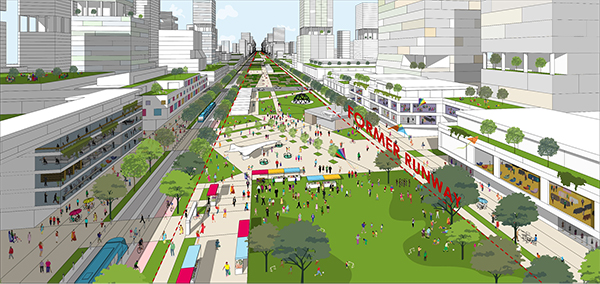
7. Going Underground
Underground space is a strategic resource that allows Singapore to optimise land use. Locating utilities, transport, storage, and industrial facilities underground frees up surface land for people-centric developments. The 2019 Draft Master Plan reveals Singapore’s first Underground Space Plan for Marina Bay, Jurong Innovation District, and Punggol Digital District. The Plan showcases planned underground uses at the district level in 3D map layers.
8. Greater Southern Waterfront
The Greater Southern Waterfront, spanning Singapore’s coastline from Pasir Panjang to Marina East, will be freed up for development after the City Terminals and Pasir Panjang Terminal are relocated to Tuas. The Pasir Panjang Power District will be transformed into a lifestyle and heritage destination, while being connected to the rest of the Greater Southern Waterfront via the new Pasir Panjang Linear Park.
9. Breathing New Life into Familiar Places
The Central Area in Singapore is home to familiar places such as the Central Business District, Marina Bay, the retail and entertainment clusters at Orchard and the Singapore River as well as the Civic District and Bras Basah / Bugis. The arts, cultural and heritage precinct will be expanded and enhanced through vibrant place-making while Orchard’s iconic shopping belt will be transformed into a lush green urban corridor.
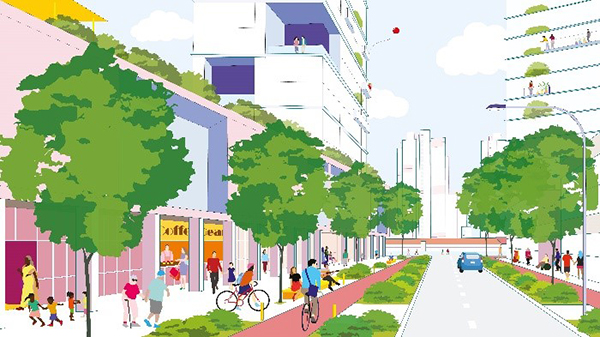
Beyond the Central Area, areas of local identity such as Dakota Crescent will be developed sensitively alongside the six retained Singapore Improvement Trust blocks and the courtyard space there. The former Station Master’s Quarters opposite Bukit Timah Railway Station will also be conserved to preserve our heritage and shared memories of the Rail Corridor.
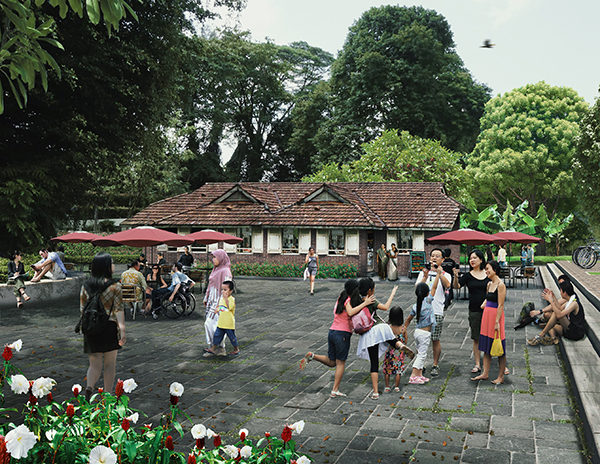
10. Exhibition and Community Tour
The Draft Master Plan 2019 is on exhibition at The URA Centre Level 1 Atrium until 24 May 2019. Sign up for a free guided tour of the exhibition led by URA’s volunteers to learn more about Singapore’s future plans!







